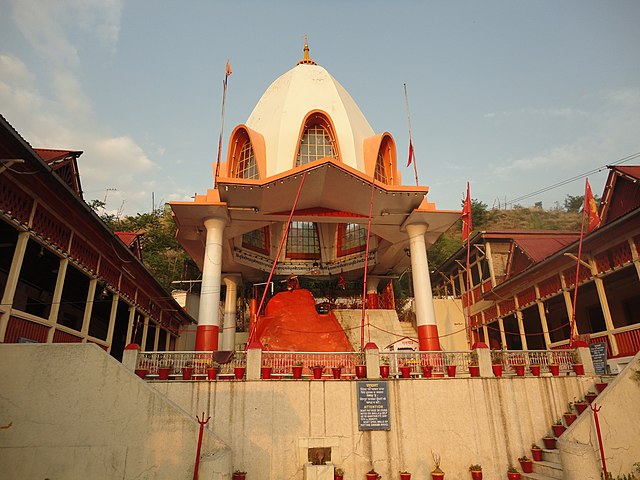The Lohara dynasty was a Kashmiri Hindu dynasty that ruled over Kashmir and surrounding regions in the northwestern part of the Indian subcontinent for more than 3 centuries between 1003 CE and approximately 1320 CE. The early history of the dynasty was described in the Rajatarangini, a work written by Kalhana in the mid-12th century and upon which many and perhaps all studies of the first 150 years of the dynasty depend. Subsequent accounts, which provide information up to and beyond the end of the dynasty, come from Jonarāja and Śrīvara. The later rulers of the dynasty were weak; internecine fighting and corruption were endemic during this period, with only brief years of respite, making the dynasty vulnerable to the growth of Islamic conquests in the region.
Vishnu and Lakshmi supported by Garuda at the time of the Lohara dynasty, 11th century CE, Jammu and Kashmir. The sculpture belongs to the Vaikuntha Chaturmurti type.
Coinage of Harsa ("Harshadeva"), Kashmir, 1089–1101 CE.
Fragment of a Buddhist Prajnaparamita Sutra manuscript folio, Kashmir, at the time of Lohara dynasty, 11th-12th century CE. Jammu and Kashmir.
Lakshmi-Vaikuntha riding his vehicle (vahana) Garuda, 11th century CE, Kashmir, Jammu and Kasmir, India. Los Angeles County Museum of Art.
Kashmiri Hindus are ethnic Kashmiris who practice Hinduism and are native to the Kashmir Valley of India. With respect to their contributions to Indian philosophy, Kashmiri Hindus developed the tradition of Kashmiri Shaivism. After their exodus from the Kashmir Valley in the wake of the Kashmir insurgency in the 1990s, most Kashmiri Hindus are now settled in the Jammu division of Jammu and Kashmir and other parts of the country. The largest group of Kashmiri Hindus are the Kashmiri Pandits.
Hari Parbat Temple in Jammu and Kashmir.





